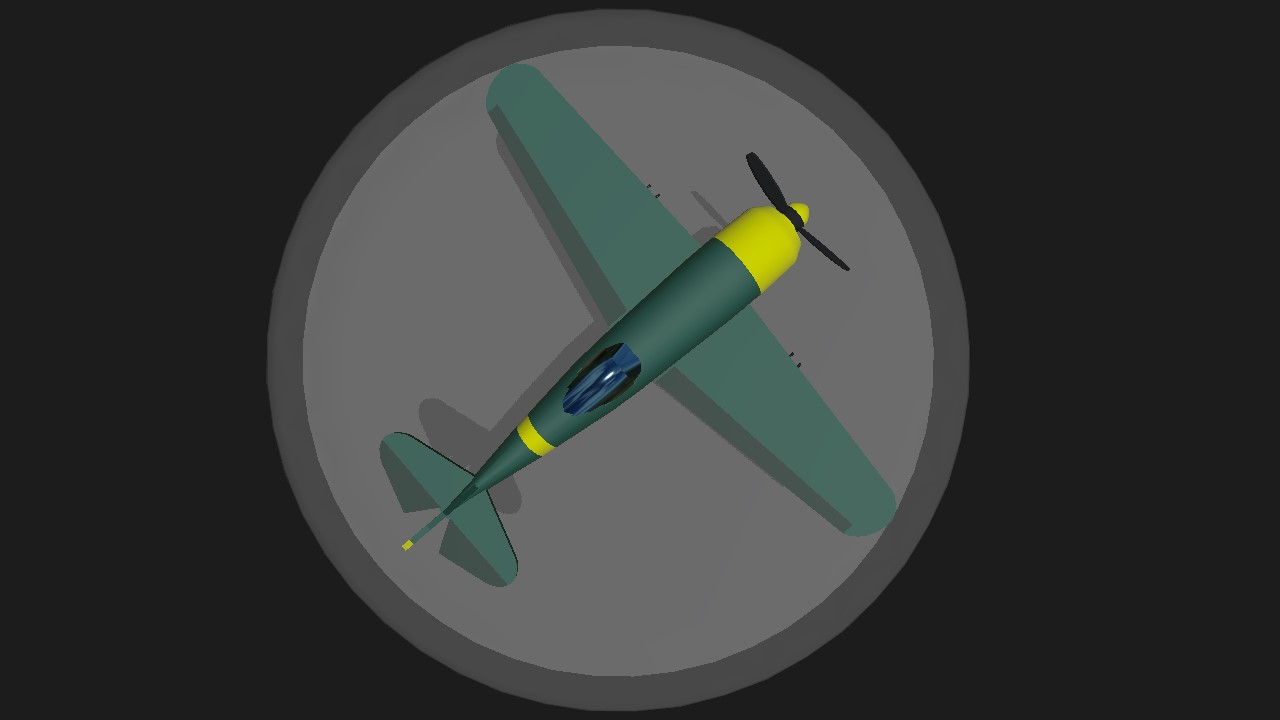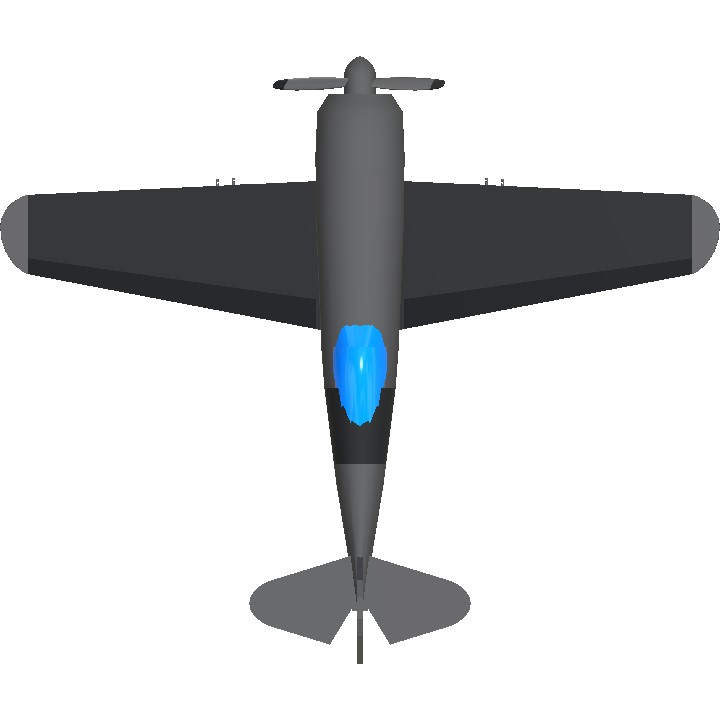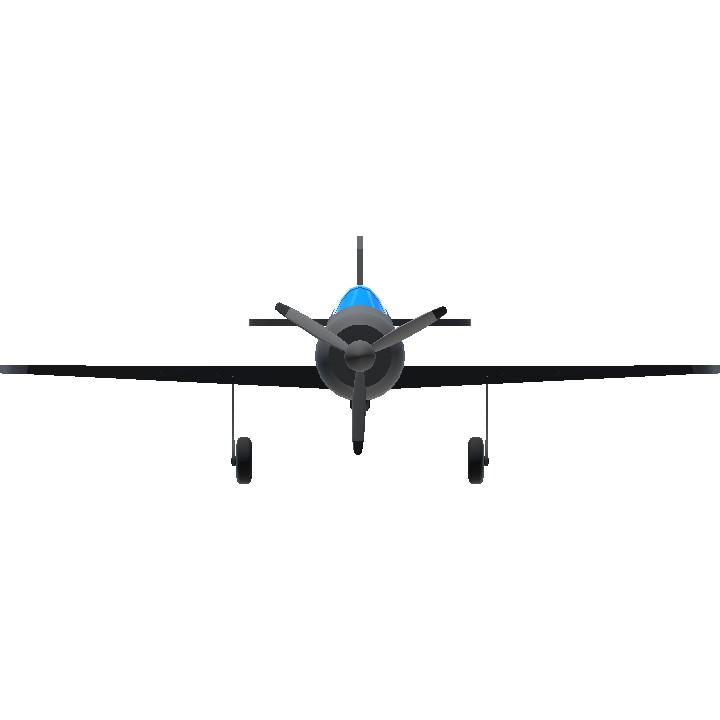Isn't there tags for Romanian planes yet?
When a Polish becomes a Dracula~
IAR 80
The IAR 80 was a Romanian World War II low-wing monoplane fighter and ground-attack aircraft. It holds a significant place in Romanian aviation history, being the first modern, domestically designed and built fighter to see extensive combat service. While it suffered from limitations compared to some of its Allied and Axis contemporaries, the IAR 80 proved to be a capable and surprisingly resilient aircraft, playing a crucial role in the defense of Romanian airspace and the Eastern Front.
Conceived and designed by a team led by Ion Grosu at Industria Aeronautica Româna (IAR) in Bra?ov in the late 1930s, the IAR 80 was a direct response to the need for Romania to modernize its air force and reduce its reliance on foreign aircraft imports. Inspired by the Polish PZL P.24, but significantly redesigned, the IAR 80 was an all-metal monoplane of semi-monocoque construction, with a flush-riveted skin that contributed to its aerodynamic smoothness.
The first production IAR 80s entered service with the Romanian Air Force (Fortele Aeriene Române - FAR) in 1941. Initially, they were primarily deployed to intercept Soviet bombers and fighters over Romania. They performed admirably, proving to be faster and more maneuverable than many of the early Soviet aircraft they encountered.
As the war progressed, the IAR 80 underwent several upgrades, including increased armament (machine guns and cannons), improved armor protection, and enhanced radios. The most significant developments were the IAR 80A, IAR 80B, and IAR 80C variants, all of which featured increasingly powerful engines and enhanced firepower.
The IAR 80's wartime service can be broadly divided into two phases:
Axis Service (1941-1944): During this period, the IAR 80 fought alongside the German Luftwaffe on the Eastern Front. It participated in the campaigns in Bessarabia, Ukraine, and Russia, providing air cover for Romanian troops and engaging in air-to-air combat. The IAR 80 gained a reputation for being a tough and reliable fighter, capable of holding its own against Soviet aircraft. However, it struggled at higher altitudes and against more advanced Soviet fighters like the Yak-9 and La-5.
Allied Service (1944-1945): Following King Michael's Coup in August 1944, Romania switched sides and joined the Allied powers. The IAR 80 was then used to fight against the Germans in Hungary, Czechoslovakia, and Austria. Now often painted in Allied colors, the IAR 80 continued to provide valuable air support to Romanian and Soviet ground forces.
By the end of the war, the IAR 80 had firmly established itself as a symbol of Romanian aviation ingenuity and wartime resilience. After the war, some IAR 80s remained in service for a short period before being phased out in favor of Soviet-supplied aircraft.
The IAR 80 remains a symbol of Romanian ingenuity and self-reliance during a critical period in the country's history. Despite its limitations, it proved to be a capable and resilient fighter that played a significant role in the defense of Romania. While only a few examples of the aircraft survive today (often restored from wrecks), it remains an important part of Romanian aviation heritage.
Possible Aircraft Nicknames:
"Soimul Român" (The Romanian Falcon): This is a direct translation, appealing to national pride and its role as a warbird. It highlights its agility and speed. This is the most commonly cited potential nickname.
"Vânatorul" (The Hunter): This nickname emphasizes its primary role as a fighter aircraft and its mission to intercept and destroy enemy aircraft.
"Ciocanul" (The Hammer): Particularly for IAR 81 variants used as dive bombers, highlighting its ground-attack capabilities. The "hammer" striking enemy positions from above.
"Butoiasul" (The Little Barrel): A somewhat affectionate nickname referencing its relatively stubby, compact fuselage. This would be a more informal, perhaps even slightly self-deprecating nickname acknowledging its less-than-imposing size compared to some other fighters.
"Invingatorul" (The Victor/Conqueror): An aspirational name, reflecting the hopes of Romanian pilots and the desire to defend their homeland successfully.
"Rata" (The Duck - for its distinctive quack-like sound when flying): A more colloquial nickname, possibly used by mechanics or pilots familiar with its operational quirks.
"IAR-ita" (A diminutive and affectionate name based on IAR): Suggesting familiarity and endearment from the users/pilots.
- About the variant
IAR 80C series
Armed with two 20mm cannons and two 7.92mm machine guns. Stronger engine allowed for improved speed. Bomb racks could be attached to the IAR 80C for additional ground attack effectiveness.
C O N T R O L S
Trim : Flaps, cruising 'rotate' adjuster
VTOL : Further flaps
Specifications
General Characteristics
- Created On Android
- Wingspan 37.3ft (11.4m)
- Length 31.5ft (9.6m)
- Height 12.9ft (3.9m)
- Empty Weight 4,002lbs (1,815kg)
- Loaded Weight 7,065lbs (3,204kg)
Performance
- Horse Power/Weight Ratio 0.141
- Wing Loading 17.9lbs/ft2 (87.4kg/m2)
- Wing Area 394.9ft2 (36.7m2)
- Drag Points 1293
Parts
- Number of Parts 71
- Control Surfaces 7
- Performance Cost 469







Didn't Poland sell some PZL P.11s to Romania and Greece before the invasion?
I mean the PZL P.11s did work tho